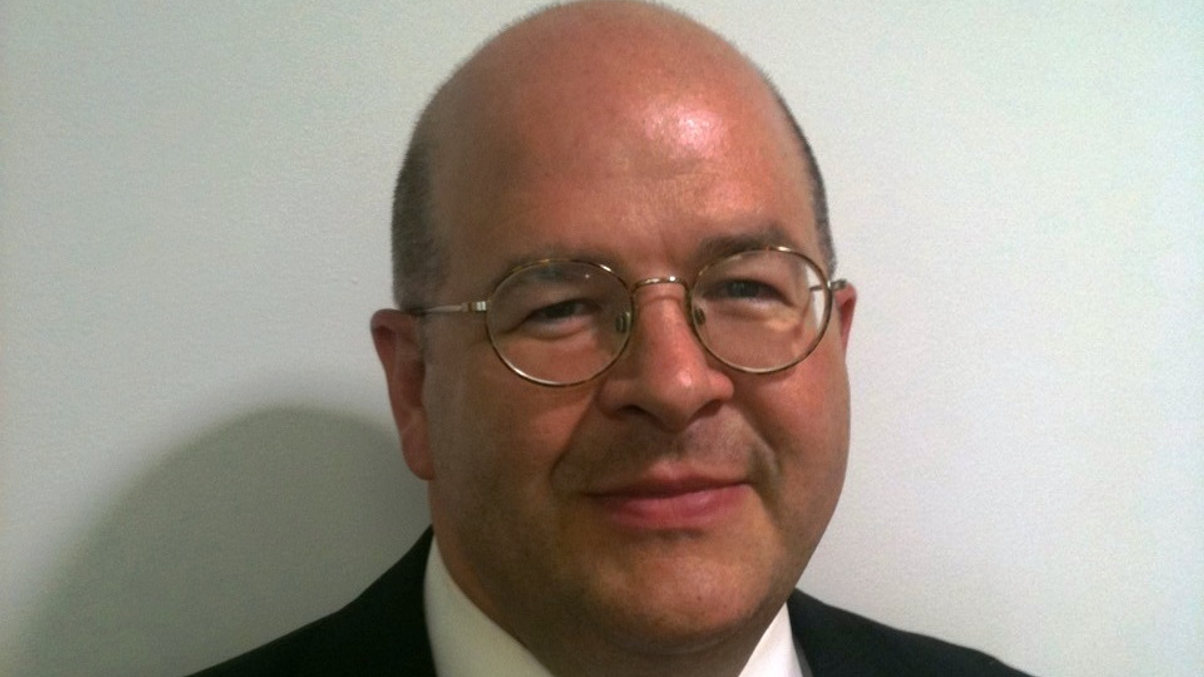Times tough for hedge start-ups, say seeders
Hedge funds that receive early-stage investment are ironically the ones deemed as being the most attractive to investors, say seeders and funds of funds.

Start-up hedge fund managers have a growing number of options in Asia to help finance their business, including seeders and funds of funds (FoFs), but the bar to entry remains high.
Sign In to Your Account
Access Exclusive AsianInvestor Content!
Please sign in to your subscription to unlock full access to our premium AI resources.
Free Registration & 7-Day Trial
Register now to enjoy a 7-day free trial—no registration fees required. Click the link to get started.
Note: This free trial is a one-time offer.
¬ Haymarket Media Limited. All rights reserved.


